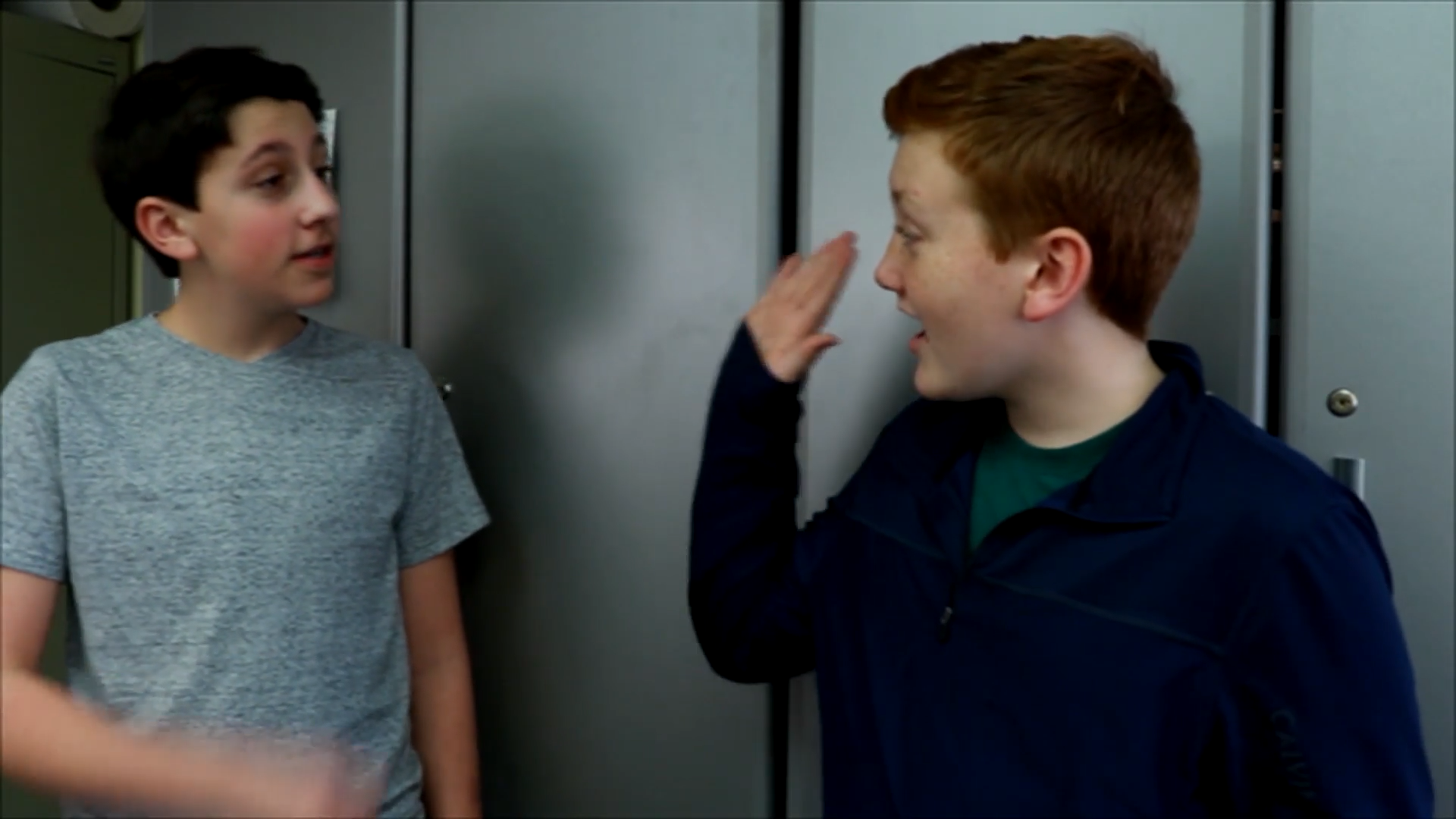
Introduction
As educators, we understand the importance of teaching our students not only academic skills but also essential social skills. One such skill is the art of saying goodbye. This seemingly simple action holds great significance in building and maintaining relationships. In this blog post, we will explore an easy-to-implement activity that requires no preparation, discuss related questions, and provide resources for educators to enhance their students’ social-emotional development.
No-Prep Activity: The Goodbye Game
This activity is designed to teach students the appropriate way to say goodbye, emphasizing eye contact, body language, and waiting for a response. It is suitable for students of all ages and requires no preparation or materials.
- Have students form pairs or small groups.
- Explain the importance of saying goodbye properly, including facing the person, making eye contact, and waiting for a response.
- Ask students to practice saying goodbye to each other, following the steps outlined earlier.
- Rotate partners or groups so that students have the opportunity to practice with different peers.
- After several rounds, gather the class together to discuss the experience and any challenges they faced.
This activity allows students to practice the skill of saying goodbye in a fun and engaging way while also reinforcing the importance of proper social etiquette.
Discussion Questions
After completing the Goodbye Game, use the following questions to stimulate further discussion and reflection among your students:
- Why is it important to say goodbye properly?
- How did it feel when someone said goodbye to you with eye contact and proper body language? How did it feel when they did not?
- What challenges did you face during the activity, and how did you overcome them?
- How can practicing this skill help you in your daily life and future interactions?
- Can you think of other situations where using proper social etiquette is important?
Related Skills
Teaching the art of saying goodbye is just one aspect of fostering social-emotional development in students. Other related skills that educators may want to explore include:
- Greeting others appropriately
- Active listening and effective communication
- Reading and interpreting body language
- Expressing empathy and understanding
- Managing emotions and self-regulation
By incorporating these skills into your curriculum, you can help students become well-rounded individuals who are better equipped to navigate social situations and build meaningful relationships.
Next Steps
Now that you have learned about the importance of teaching the art of saying goodbye and how to incorporate it into your classroom, we invite you to explore additional resources to continue enhancing your students’ social-emotional development. Sign up for free samples of skill-building materials and resources to support your teaching journey. By incorporating these tools and strategies, you can create an inclusive and engaging learning environment that fosters the development of essential life skills for your students.

